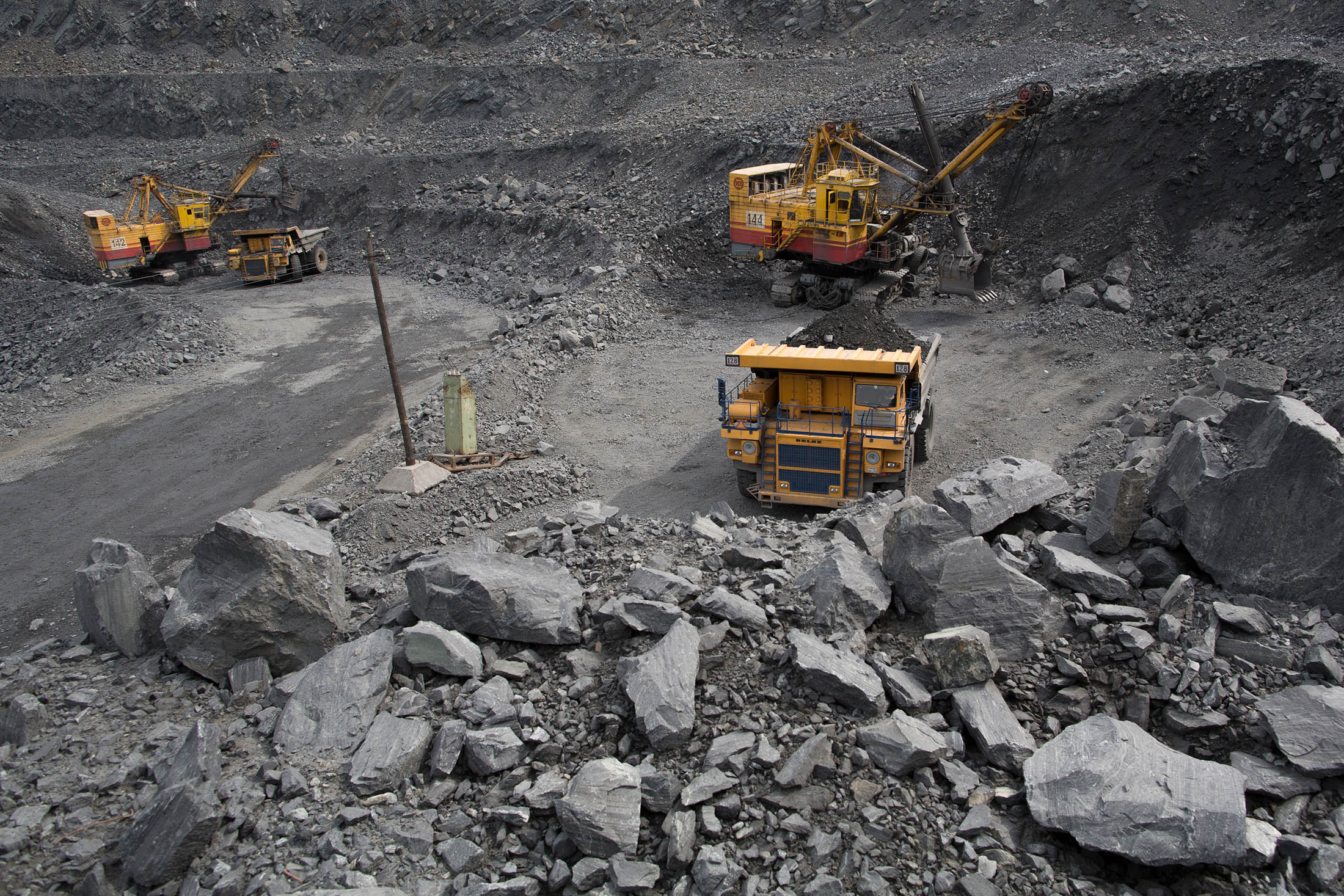
Iron Ore Demand to Bounce Back in Domestic Market

Mehdi Karbasian also said the establishment of new iron ore concentrate plants across the country and higher tariffs on steel imports are the main driving force behind the projected boost in demand.
“Iron ore concentrate plants are being inaugurated one after another, as rising steel prices are going to bolster steel production and iron ore demand,” he was quoted as saying by the Persian daily Donya-e-Eqtesad.
The inauguration of Zarand Iron Ore Concentrate Plant’s second production facility with an output capacity of 2 million tons per year is one of the latest examples.
He emphasized that the hike in steel import tariffs will improve the industry’s overall condition through 2016. With curbs on the unfair challenge caused by Chinese steel dumping, Iranian steelmakers can increase production and capitalize on the reviving global steel prices.
Consequently, domestic demand for iron ore will rebound, and according to Karbasian, might even reach the record highs of previous years.
The revised import tariffs were approved early this Iranian year (March, 2016-17) following last year’s heated talks between steelmakers and the government. The talks resulted in a 5% rise in steel ingots to 15%; 10% jump for hot and rolled sheets to 20%, in addition to a 10% increase for plated steel sheets to 20%.
The government’s 20-Year Vision Plan stipulates annual production of 55 million tons of steel by the end of 2025, which requires an increase in the capacity of sponge iron production from the current 26 to 58 million tons, pellet from 28 to 88 million tons, and iron ore concentrate to reach 53.5 from the current 44 million tons.
Iron Ore “Ice Age” Not Over
Karbasian believes that iron ore’s “Ice Age” is not over yet, as nothing new has happened on the global front for the market to outmaneuver the prevalent recession.
The increase in domestic demand for iron ore would be a boon to the miners trying to step away from the fluctuating ore prices beyond the borders.
Iron ore has pivoted from boom to gloom in a few weeks. Iran’s iron ore with 60% purity delivered to Qingdao dropped to $48.50 on Thursday, recording a $3.42 retreat and a considerable setback compared to April’s near $60 prices, according to data from Metal Bulletin.
Benchmark global prices are also near $50 per ton as spectacular losses this month driven by rising supplies and a more cautious approach from mills in China have eviscerated April’s speculation-driven rally.
The raw material has been on a tumultuous ride in 2016 after tentative signs of a demand revival in China, including widening profit margins for steelmakers in the top producer, ignited a firestorm of speculation.
This frenzy led to a clampdown from regulators and exchanges, weakening prices once more. Brazil’s Vale, the world’s largest iron ore producer, warned last week there was a need to prepare for tougher times, Bloomberg reported.
“The runup in April was fueled partly by purchases from steel mills ramping up production to capture the exceptionally-high profit margin,” said Ren Jiaojiao, an analyst at Maike Futures Company.
But that margin is now “quickly contracting, so mills are adjusting to the new situation by depleting their raw material inventories first. They will also adopt a hand-to-mouth strategy in purchases later because of anticipation of higher supply at the ports.”
Giant iron ore producers are also locked in on boosting production capacity that will further intensify the oversupply.
Australia and Brazil will export a combined 1.24 billion tons of ore this year compared with 1.13 billion in 2015, according to Australia’s Department of Industry, Innovation & Science.
As Australia’s top miners boost output this year, smaller rivals are also raising supply. Atlas Iron Ltd., partly held by Glencore Plc, said on Monday it shipped record volumes in the first three months of this year.


Trump weighs using $2 billion in CHIPS Act funding for critical minerals

Codelco cuts 2025 copper forecast after El Teniente mine collapse

Electra converts debt, launches $30M raise to jumpstart stalled cobalt refinery

Barrick’s Reko Diq in line for $410M ADB backing

Abcourt readies Sleeping Giant mill to pour first gold since 2014

Nevada army depot to serve as base for first US strategic minerals stockpile

SQM boosts lithium supply plans as prices flick higher

Viridis unveils 200Mt initial reserve for Brazil rare earth project

Tailings could meet much of US critical mineral demand – study

Kyrgyzstan kicks off underground gold mining at Kumtor

Kyrgyzstan kicks off underground gold mining at Kumtor

KoBold Metals granted lithium exploration rights in Congo

Freeport Indonesia to wrap up Gresik plant repairs by early September

Energy Fuels soars on Vulcan Elements partnership

Northern Dynasty sticks to proposal in battle to lift Pebble mine veto

Giustra-backed mining firm teams up with informal miners in Colombia

Critical Metals signs agreement to supply rare earth to US government-funded facility

China extends rare earth controls to imported material

Galan Lithium proceeds with $13M financing for Argentina project

Kyrgyzstan kicks off underground gold mining at Kumtor

Freeport Indonesia to wrap up Gresik plant repairs by early September

Energy Fuels soars on Vulcan Elements partnership

Northern Dynasty sticks to proposal in battle to lift Pebble mine veto

Giustra-backed mining firm teams up with informal miners in Colombia

Critical Metals signs agreement to supply rare earth to US government-funded facility

China extends rare earth controls to imported material

Galan Lithium proceeds with $13M financing for Argentina project

Silver price touches $39 as market weighs rate cut outlook

















